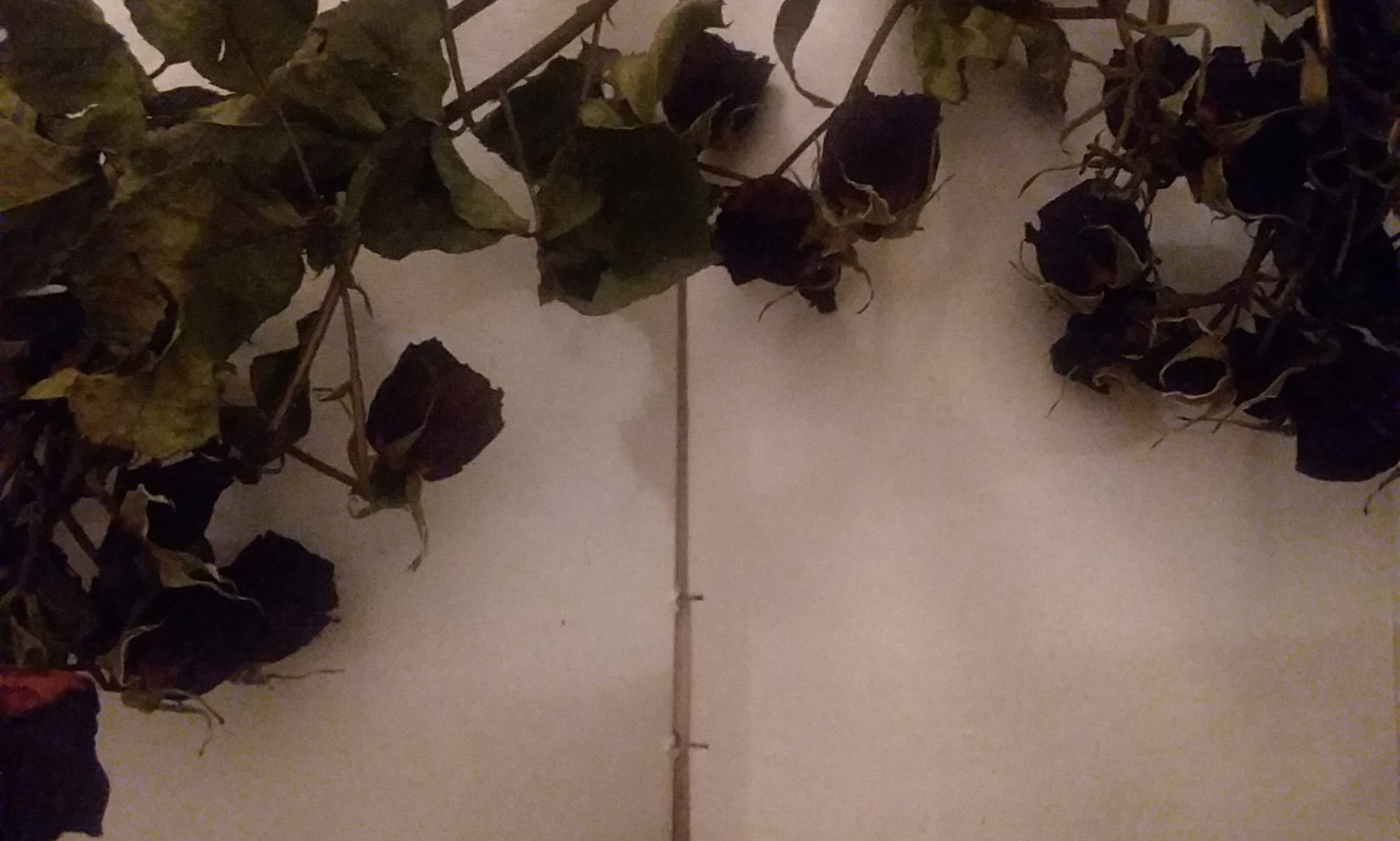
Perusing a bookstore these days you are likely to see titles grouped by “Enemies to Lovers”, “Discovering Magical Powers”, or “Found Family”. More and more readers have been describing books by the tropes they contain. This trend is reflected in book recommendation sites, marketing strategies, and general conversations about books.
Categorizing stories based on well know story devices and patterns is not new. Folklorists have been keeping a catalogue of common patterns and motifs for centuries.
Carl Jung wrote about what he called Archetypes; types of characters that repeat, specifically in mythology. Joseph Campbell wrote about what he calls The Monomyth, a pattern he claimed all stories follow that is still used as a basis for script writers of major motion pictures. In his famous essay “On Fairy-Stories” J.R.R Tolkien speaks about The Tree of Story or Story Cauldron and how different elements of story are added to and expanded on over time, drawing from both history and the general human experience.
“The pot of soup,” Tolkien states, “the cauldron of story, has always been boiling, and to it have continually been added new bits, dainty and undainty.” (52)
Tropes are the brick and mortar of storytelling. A teller cannot lay the foundation of a story without them. Audiences often find comfort in a certain amount of predictability and familiarity. Even a subconscious concept of the structure of a story or type of character allows them to feel a sense of satisfaction and “rightness” when things follow the expected pattern. On the other hand established patterns and tropes also allow audiences to feel more surprise and satisfaction when a story deviates from them.
The “rule of three” is a common structure in western folklore that is also used in modern comedy. In this structure things happen in groups of three. The first two events set up a pattern but the third subverts it. In many folklore stories, for example, we follow two siblings who make the same mistake but the third sibling behaves differently and triumphs.
Most audiences enjoy this balance between the familiar and the unexpected. In order to subvert an audience’s expectations, a writer must first set up those expectation. Tropes can make this set up easier. Tropes by themselves, however, are not enough to carry a story. There must be enough texture and richness in the specific details to keep the audience engaged.
According to Tolkien “It is precisely the coloring, the atmosphere, the unclassifiable individual details of a story, and above all the general purport that informs with life the undissected bones of the plot, that really count.” ( 46) When those rich, intricate details are forgotten the trope becomes cliché.
A cliché is a literary device or phrase that is tired and overused. It is different than a trope because, while cliches should always be avoided, the use of a trope is, by itself, neutral. A trope can be used poorly or effectively just as an ingredient can be prepared well or not depending on the cook. A trope in the hands of an unskilled storyteller becomes cliché but in skilled hands it becomes part of a delectable meal.
Tolkien states that “It is easy for the student (of folklore) to feel that with all his labour he is collecting only a few leaves, many of them now torn or decaying from the countless foliage of the Tree of Tales, with which the Forest of Days is carpeted. It seems vain to add to the litter. Who can design a new leaf?” (76).
It may appear on the surface as if there are no new ingredients and that every story has already been told, but that is ultimately missing the point of storytelling. It’s in the richness and texture of the details that make a story enjoyable.
“We do not, or need not, despair of drawing because all lines must be either curved or straight, nor of painting because there are only three ‘primary’ colours.” ( 76) We may be able to recognize and name the pieces that make up a story but that does not mean every story that uses those pieces is the same. Two drawings are not the same because they both use lines or because they both use the color yellow.
The use of a specific trope cannot determine if a story is good or bad. The trope itself is simply an ingredient. What determines the quality of a story is how the ingredients are prepared. Each cook has their own unique set of spices, their own voice and experience to breathe life into a story.
Tropes are only the bones of a story, not the story itself. No two books with the exact same set of tropes will ever be the same. Describing books by their tropes is a fun way to categorize them. It might even increase our chances of finding the kind of book we are in the mood for but it is a bit like describing a recipe by its ingredients alone. It can tell us its nutritional value and any allergens it may contain, but without knowing whether those ingredients are baked or simmered or fried or left raw we cannot know the full experience of the story we are about to enjoy. We can never know for certain if we will enjoy a book or not until we have begun to read it and experience all the rich texture and specifics the author is offering us.
